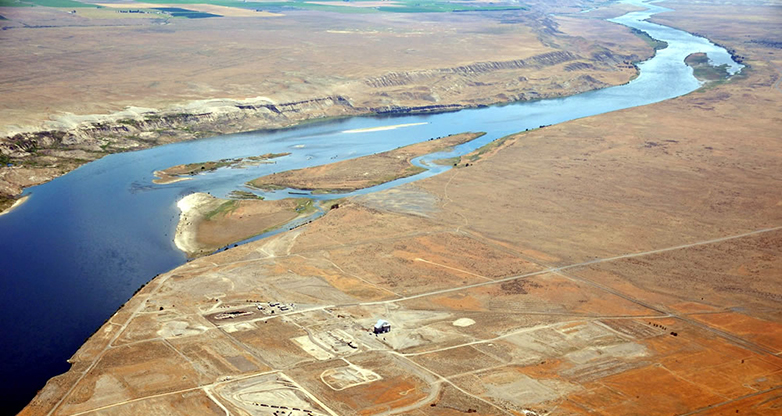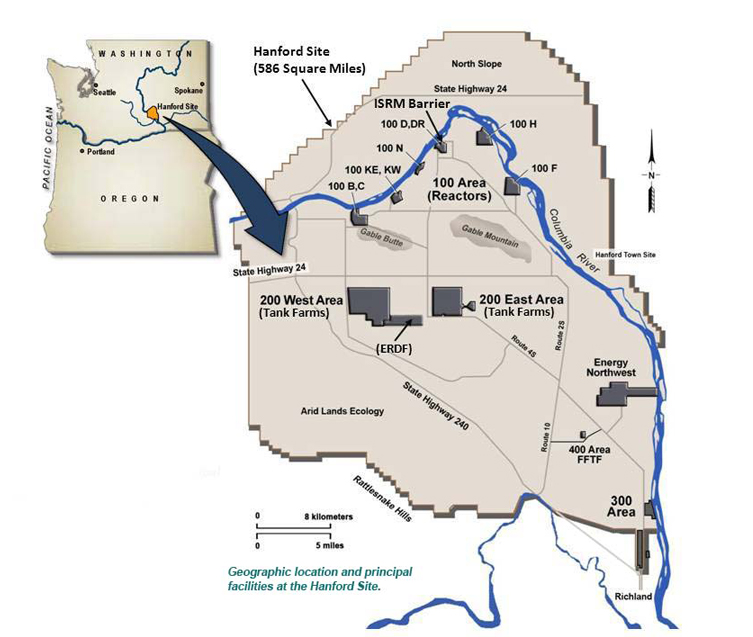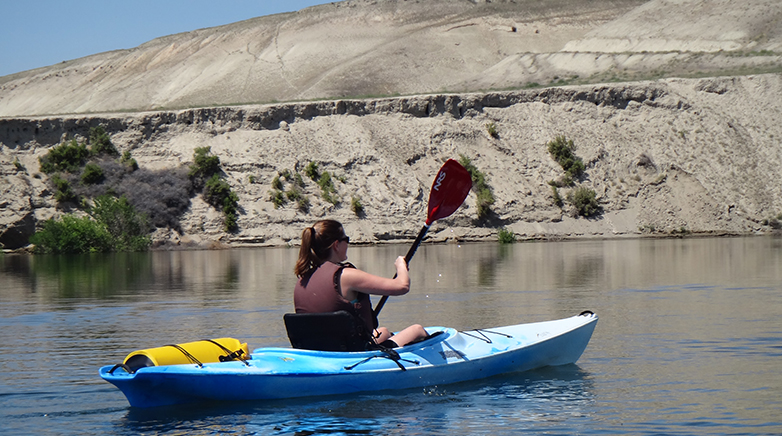Hanford cleanup
Our Nuclear Waste Program focuses on keeping Washington's residents and the environment safe from toxic and radioactive contamination at the Hanford site.
We work to ensure that the U.S. Dept. of Energy — the federal agency responsible for Hanford and its cleanup — follows environmental laws.
Our agency partners with the U.S. Environmental Protection Agency to make sure that Energy's cleanup deadlines are met, as outlined in the Tri-Party Agreement that governs Hanford site cleanup. We coordinate with Tribal Nations who have treaty rights on ceded lands or have the right to fish at usual and accustomed places.
The Nuclear Waste Program
- Enforces regulatory compliance and cleanup at the Hanford site and at other facilities that manage nuclear waste in Washington.
- Promotes public involvement, community outreach, and education regarding waste management, compliance, and cleanup.
What you need to know about Hanford
The nuclear weapons production that began at Hanford in the 1940s generated substantial amounts of radioactive and chemical wastes, contaminated land and groundwater, and created a lasting legacy of contaminated facilities. Since the signing of the Tri-Party Agreement in 1989, Ecology, EPA, and Energy have worked to clean up, treat, and dispose of this legacy to reduce the threats it poses. Substantial progress has been made, and substantial work remains.
During World War II, the government wanted a large buffer zone around its nuclear production facilities for secrecy and public safety. The current site is about 580 square miles and most areas are still not accessible to the public.
(click to enlarge)
- In the 1980s, groundwater contamination totaled about 80 square miles. Today, about 60 square miles of groundwater remains contaminated above federal standards — and the level of contamination has been greatly reduced for significant portions of that area.
- There are no active nuclear production facilities; however, the site contains some of the nation's most complicated nuclear and mixed dangerous waste, which must be cleaned up.
We work to keep the Columbia River safe
State and federal governments monitor the Hanford site and the Hanford Reach of the Columbia River for contaminants, and inform the public of possible risks. Results are published in annual groundwater reports.Although the Columbia River basin covers parts of many states and tribal lands, the Columbia River meets all surface water quality standards. Water taken from the river by cities downstream is used for drinking water, and the cities that use Columbia River water comply with the federal Safe Drinking Water Act.
Related links
Contact information
Email us, call us 509-372-7950, and follow us on Facebook and Twitter.
Media inquiries
Ryan Miller
Communications Manager
Ryan.Miller@ecy.wa.gov
509-537-2228
Request a Speaker
Ryan Miller
Communications Manager
Hanford@ecy.wa.gov
509-372-7950




